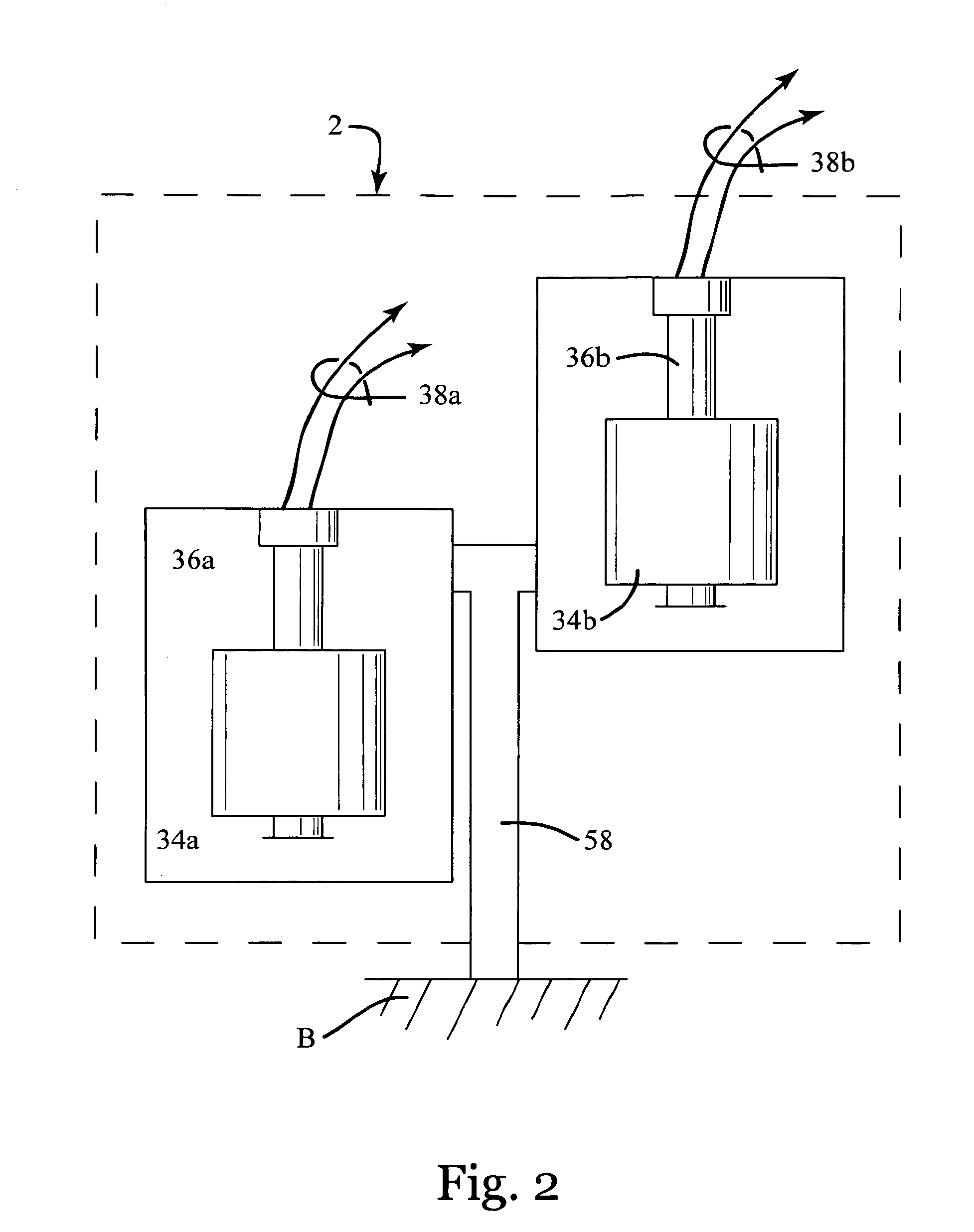Method of and apparatus for detecting and controlling bilge water in a sea vessel
a sea vessel and bilge water technology, applied in the field of boats and other watercraft, can solve the problems of water intrusion into the hull of boats, the tendency of most boats to take on a certain amount of water,
- Summary
- Abstract
- Description
- Claims
- Application Information
AI Technical Summary
Benefits of technology
Problems solved by technology
Method used
Image
Examples
Embodiment Construction
[0142]Referring to FIGS. 1 and 18, a bilge water level monitoring, alerting and control system (generally designated 1 in the drawings and herein also referred to as the “Monitoring System”) for boats and other vessels is described. The Monitoring System 1 generally comprises a water level sensing assembly 2 that is electrically connected to a power pack unit 4 and a main control panel 6. A remote status panel 8 is electrically connected to the main control panel 6. Means are provided for connecting the power pack unit 4 to one or more external DC power supplies 66 and to one or more external pump(s) (P). In a modified embodiment of the invention an optional back-up alarm unit 10 is also electrically connected, (either directly, as shown in FIG. 1. or indirectly via the power pack unit 4), to the DC power supply 66.
[0143]The Monitoring System 1 provides means to monitor the level of water in the bilge (B) of a vessel, to activate one or more pumps (P) for the removal of such water f...
PUM
 Login to View More
Login to View More Abstract
Description
Claims
Application Information
 Login to View More
Login to View More - R&D
- Intellectual Property
- Life Sciences
- Materials
- Tech Scout
- Unparalleled Data Quality
- Higher Quality Content
- 60% Fewer Hallucinations
Browse by: Latest US Patents, China's latest patents, Technical Efficacy Thesaurus, Application Domain, Technology Topic, Popular Technical Reports.
© 2025 PatSnap. All rights reserved.Legal|Privacy policy|Modern Slavery Act Transparency Statement|Sitemap|About US| Contact US: help@patsnap.com



